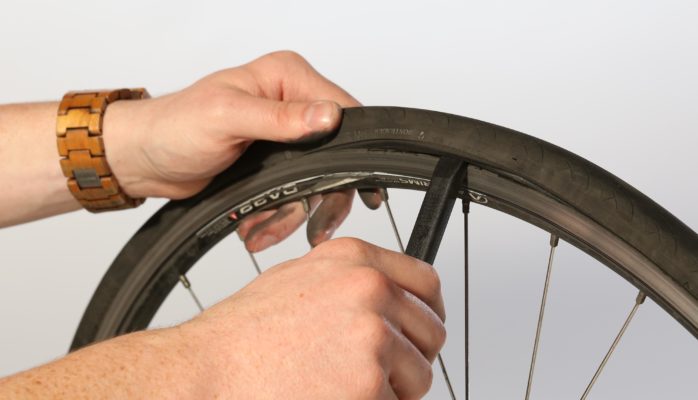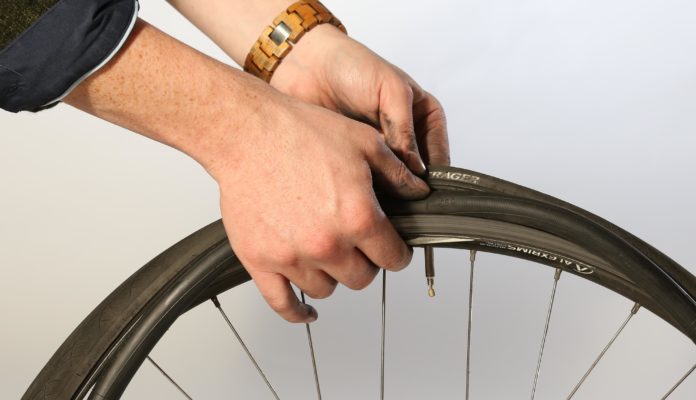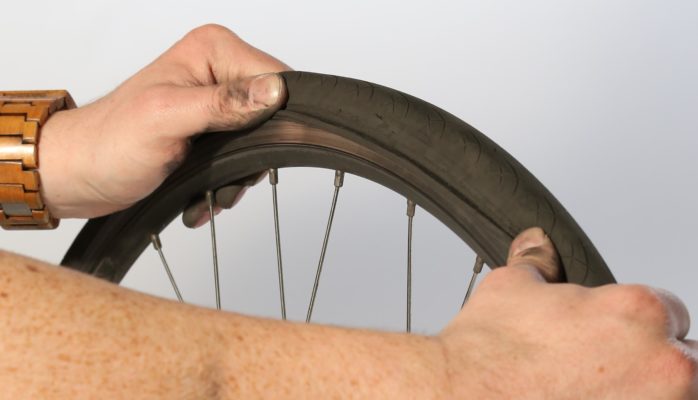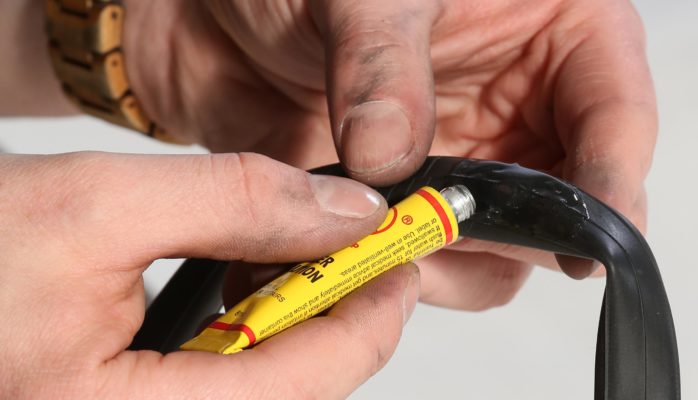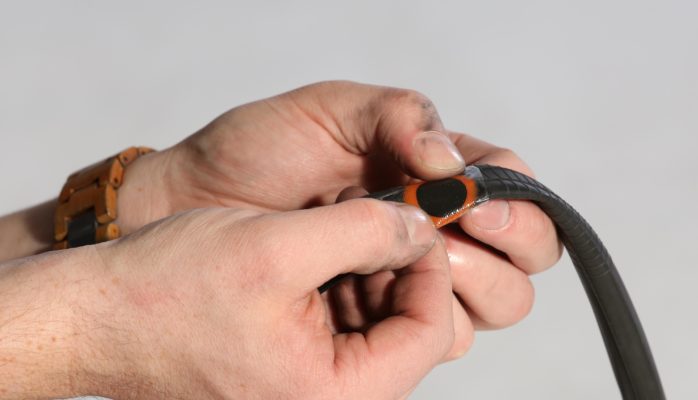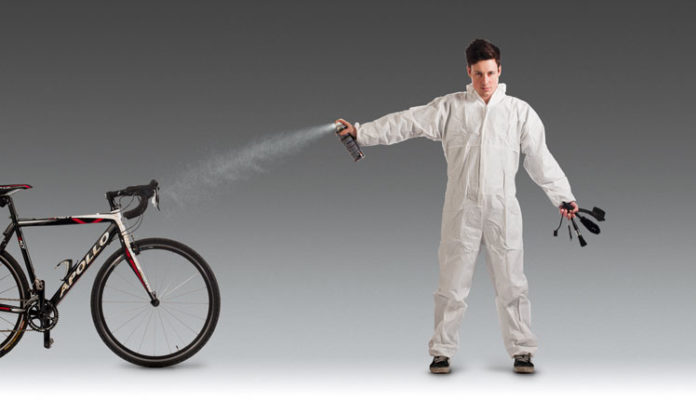Tips & Resources
From changing tubes to preventative measures to reduce the risk of punctures happening in the first place, here’s our survival guide for one of life’s deflating scenarios.
Reduce the risk of a puncture
Diagnosis
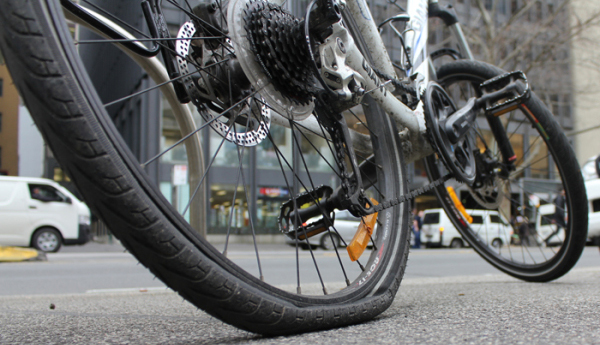
Pinch flats
A pinch flat is caused by tyre pressure being too low, causing the tyre to compress when hitting a bump and pinching the tube against the rim. One way of avoiding such punctures is by ensuring you maintain correct tyre pressure.
Punctures
The other major cause of punctures is something working its way through the tyre, pricking the tube and causing it to deflate. This can either be instantaneous, or a delayed process presenting itself some way down the track
Fixing a flat tyre
My tyre is flat. What do I do?
Replacing a tube
1. Removing the tube
- Remove the wheel from your bike, and let out any remaining air in the tube by depressing the valve.
- Insert one tyre lever under the bead of the tyre, and lever it over the rim. Repeat this process until one side of the tyre is sitting outside the rim
- Remove the flat tube and store it away for repair.
2. Locate the cause
- Run your fingers around the inside of the tyre to feel whether there’s anything sticking through the tyre casing. If you find anything, remove it.
- Check the sidewalls of the tyre for any cuts or slashes.
- If you still haven’t found any obvious cause for the flat, run your finger around the inside of the rim—check that the rim strip/tape is in good condition and hasn’t exposed any spoke holes.
- Inflate the replacement tube just enough for it to hold its shape inside the tyre—this limits the risk of it sitting under the bead of the tyre and pinching on full inflation.
3. Replacing the tube
- Insert the valve of the tube through the valve hole and then work your way around, inserting the tube into the inside of the tyre.
- Slowly work the tyre around onto the rim. You should be able to do this with your thumbs most, if not all, of the way around. As soon as you use tyre levers, there’s a far greater risk of pinching the tube and taking yourself right back to square one.
- Once you’ve seated the tyre correctly on the rim, inflate the tube about halfway, check that there are no unsightly bulges or asymmetries, and then inflate fully. Job done!
Patching a tube
1. Locate the puncture
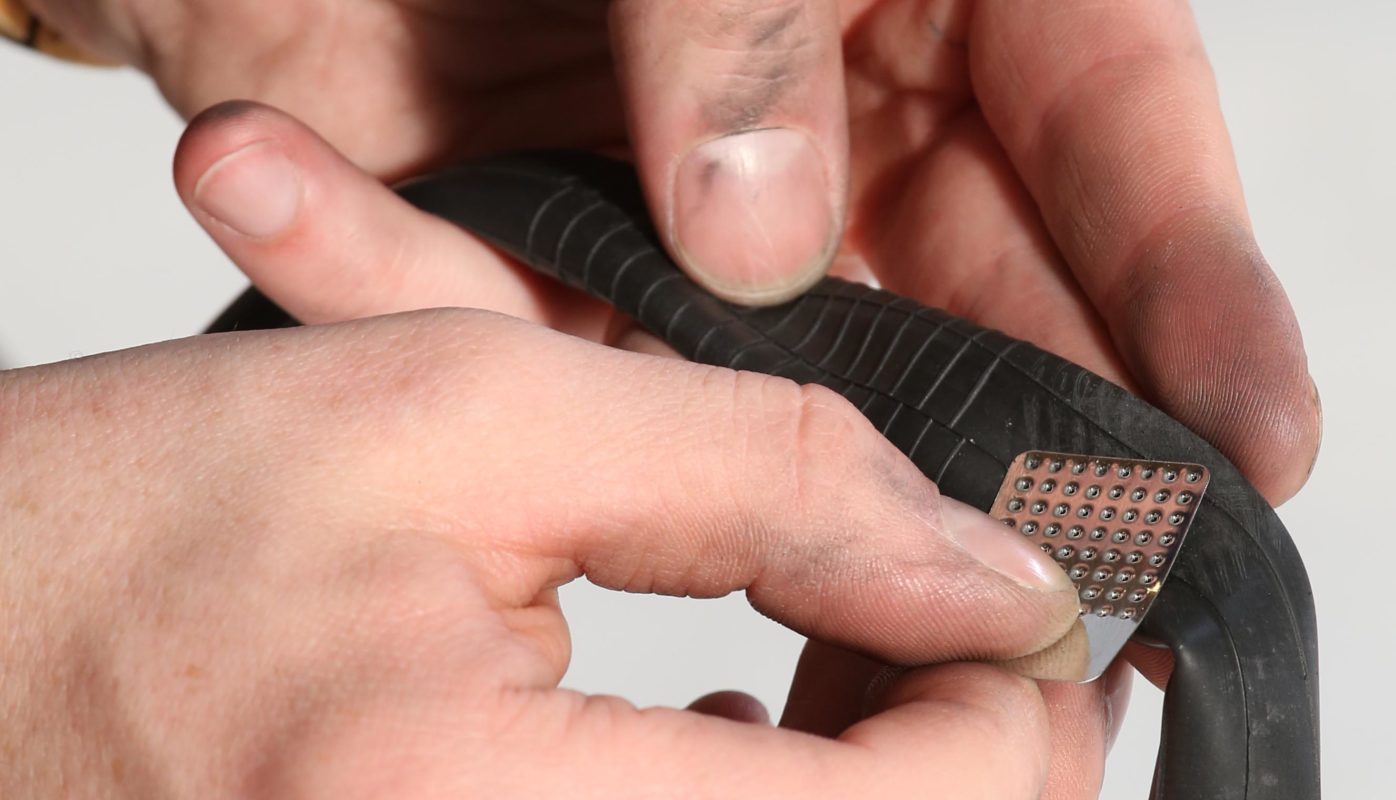

- Inflate the tyre until you can hear the air hissing out. Locate the source, then mark it with a dab of saliva.
- Let any remaining air out of the tube.
- Rough up the area around the hole to help the patch stick. All patch kits come with a square of sandpaper or a course metal tab for this purpose.
2. Repair the puncture
- If your patches are self-adhesive, remove the backing and firmly press down. Hold for a couple of minutes to be on the safe side.
- If your patches are glue-on, apply a generous film of rubber cement around the hole. The glued area should be larger than the size of the patch so that it doesn’t peel off.
- Leave the glue to sit until it’s tacky, rather than wet. Then peel off the foil back of the patch and place over the hole. Press and hold for several minutes.
3. Install tube and inflate
- See replacing the tube instructions above.
- Happy riding!


